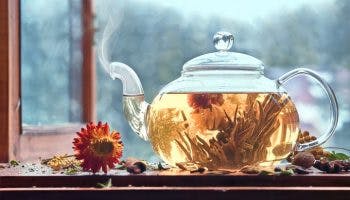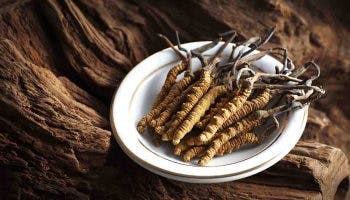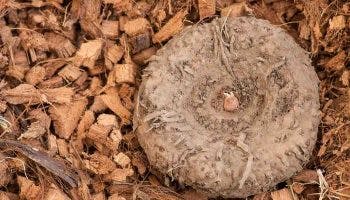5 Flowering Plants That Offer Healing Properties in Full Bloom
Published | 5 min read
Flowering plants possess many health benefits. Each flower type has unique properties that make them useful across different medicine systems.
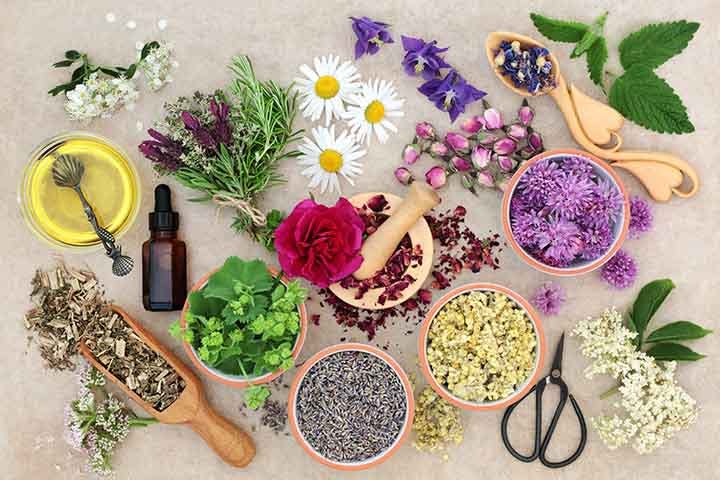
Flowering plants play an integral role in various systems of medicine. The use of healing flowers has been documented for centuries as an inexpensive treatment option that causes no side effects.
Here are 5 flowering plants that have properties that are beneficial for your overall well-being.
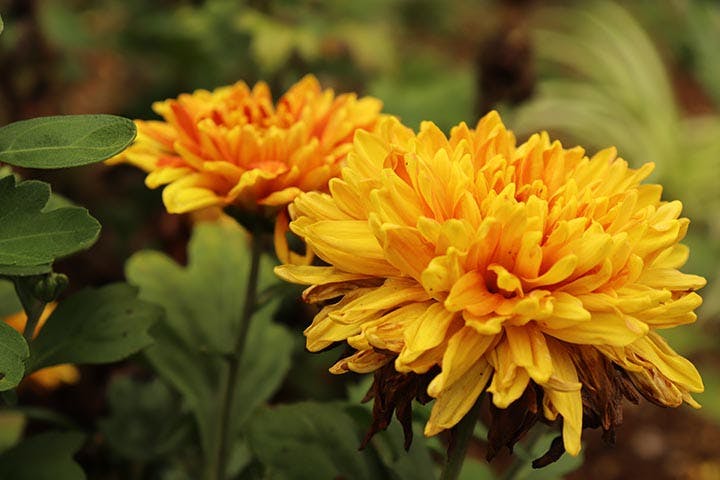
Astragalus
Thise herb is rich in antioxidants that protect cells against damage. Thus, astragalus can help reduce your risk of chronic diseases like cancer and diabetes. It also has protective effects on the immune system. It can decrease blood pressure, keep the liver healthy and prevent upper respiratory tract infections (URTIs).
Traditionally, astragalus (Huangqi, 黄芪) can support wound healing and immune system strengthening. It can also soothe swelling due to cardiac insufficiency. The herb is generally safe except for individuals with autoimmune diseases or taking immunosuppressant drugs. As with most herbs, pregnant or nursing women should consult a physician before consuming the herb.
Chrysanthemum
This medicinal plant also features prominently in Traditional Chinese Medicine (TCM). It contains chemical extracts like betaine, choline, vitamin B1, and flavonoids. These compounds work in unison to treat various health disorders.
In clinical treatment, a healthcare provider may suggest using chrysanthemum to calm anxiety and stress as well as to help improve cardiovascular and eye health. The herb can also help inhibit inflammation, lower a person’s risk of osteoporosis and protect their bodies from oxidative damage.
TCM believes that the healing flowers of chrysanthemum (Juhua, 菊花) can provide relief for hypertension and sore eyes by brightening the eyes, dispersing wind-heat, suppressing liver yang, clearing liver heat, and detoxifying the body. The herb is best taken after a meal.
Lotus
A staple of TCM, the lotus plant also has applications in Western and Ayurvedic medicine. The use of different lotus parts relates to distinct health benefits. It’s worth noting that the bioactive constituents of the plant are primarily alkaloids and flavonoids.
From a clinical perspective, lotus rhizome extract shows anti-diabetic and anti-inflammatory properties. Its flowers can help treat diarrhoea, fever, and excessive thirst (hyperdipsia). In Ayurveda, lotus leaves can suppress blood disorders. These include nosebleeds, blood in the urine, abnormal bleeding between menstrual cycles, and vomiting or cough up of blood.
TCM believes that brewing and consuming a herbal soup made from the lotus stamen (Lianxu, 蓮須) can reinforce the kidney and hold essence (jing). “It can treat frequent urination, premature ejaculation, nocturnal emission, or leukorrhea-related diseases. Meanwhile, you can use a lotus stem (Oujie, 藕節) to clear heat, stop bleeding, remove blood stasis and address a yang-deficient body constitution. Consequently, these traits can support the treatment of abnormal bleeding or a heat stroke. Lotus seeds (Lianzi, 蓮子) can also halt diarrhoea by strengthening the spleen, whilst nourishing the heart and calming the spirit,” explains physician Lim Sock Ling.
The use of lotus stamen is generally safe for people of all body constitution types. Separately, the use of lotus stems or seeds can trigger allergic reactions in some people. Lotus stem use may also lower blood glucose levels in people with hypoglycaemia, or who are using diabetes medications. Use of the lotus plant can also interfere with blood glucose control during and after surgery. Hence, it’s advisable to stop using the herb a minimum of 2 weeks before the procedure. Pregnant or breastfeeding women, on the other hand, must use these herbs with caution or refrain from using them completely.
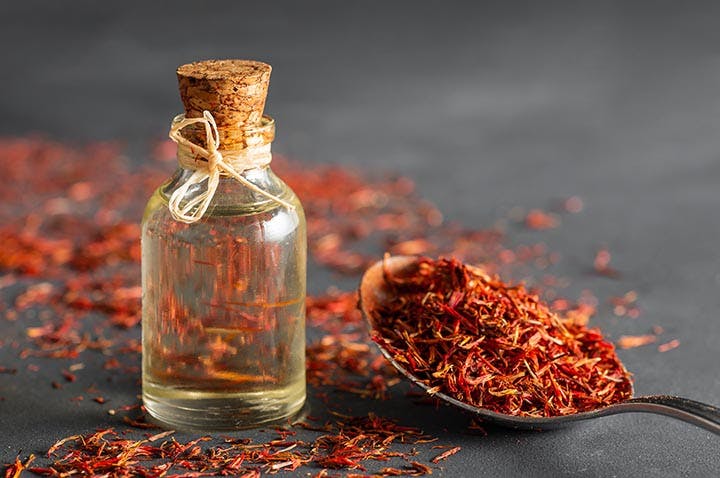
Safflower
This plant boasts high nutritional value and diverse healing properties. Because of this, it has uses in multiple systems of medicine.
The oil extract of safflower consists of 70% polyunsaturated fatty acid, 10% monounsaturated oleic acid, and small amounts of stearic acid. In addition, the plant demonstrates a remarkable laxative effect, as well as the ability to relieve pain and quell a fever. It’s also helpful in treating people with poisoning.
Clinical findings also associate safflower with positive outcomes in managing or treating menstrual cramps and post-partum haemorrhage, and people with rheumatism, chronic bronchitis, or whooping cough.
TCM states that safflower (Hónghuā, 红花) encourages menstruation by ‘activating’ blood and alleviates pain by removing stasis. As such, the plant is popularly used in the treatment of chest tightness, heart disease, joint pain, and menstrual disorders. Though, it’s advisable for pregnant women and people who are prone to bleeding to avoid using the herb.
White Peony
The flower, root, and seeds of the white peony have medicinal uses. In Western medicine, the plant is believed to be capable of treating gout, coughs, fever, or respiratory tract illnesses. Women use the healing flower to stimulate menstruation and manage menstrual cramps, irregular menses, premenstrual syndrome (PMS), and polycystic ovary syndrome (PCOS).
TCM shares the belief that the white peony (Báisháo) can help manage hormonal and menstrual disorders. It can also nourish the blood, suppress liver yang, control perspiration by astringing yin and dull pain by emulating the liver. “Stop using white peonies at least two weeks before a scheduled surgery as it might slow blood clotting. Also, consume with caution if you’re concurrently taking medications that slow blood clotting, such as aspirin and warfarin,” advises physician Lim. In addition, people with endometriosis, uterine fibroids, or breast, ovarian or uterine cancer should stay away from the herb.
Identifying the many medicinal uses of flowering plants can come in handy in the long run. Ultimately, do speak to your healthcare provider if you’re considering the use of healing flowers. A TCM physician’s opinion is also necessary to prevent drug interactions and ascertain a herb’s suitability for your body constitution.
References
- Mount Sinai. Astragalus. [Accessed 12 January 2022]
- ResearchGate. 2019. A REVIEW OF CHRYSANTHEMUM, THE EASTERN QUEEN IN TRADITIONAL CHINESE MEDICINE WITH HEALING POWER IN MODERN PHARMACEUTICAL SCIENCES. [Accessed 12 January 2022]
- Hindawi. 2015. Phytochemical Profile and Biological Activity of Nelumbo nucifera. [Accessed 12 January 2022]
- US National Library of Medicine. 2018. Medical uses of Carthamus tinctorius L. (Safflower): a comprehensive review from Traditional Medicine to Modern Medicine. [Accessed 12 January 2022]
- RxList. 2021. PEONY. [Accessed 12 January 2022]
Share this article on


